LC2016
Shiny_Rock
- Joined
- Nov 21, 2016
- Messages
- 124
I have a glorious rainbow moonstone cab that I was selling a few years ago. Then I DROPPED IT while taking a video. And it freaking chipped. Still angry at myself for it. Haven't had it recut/polished because I just get furious whenever I look at it and remember that I made such a silly mistake of trying to video over hard tile floor.
I feel for you because It happened to my one other moonstone too. But thanks for reminding I immdiately put it back to the drawer after photo shooting.

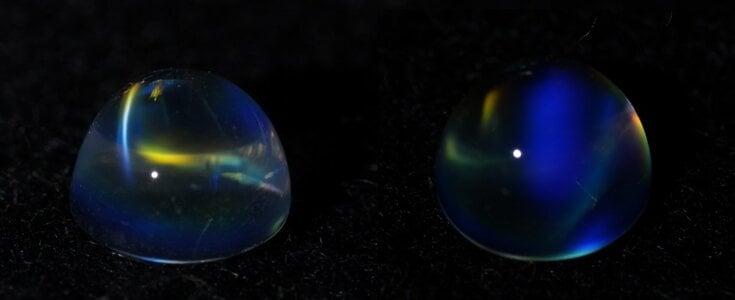
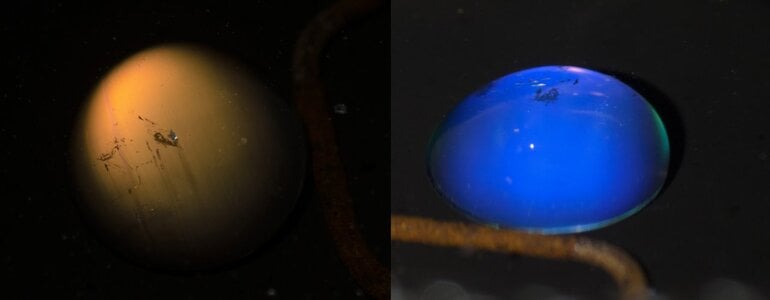
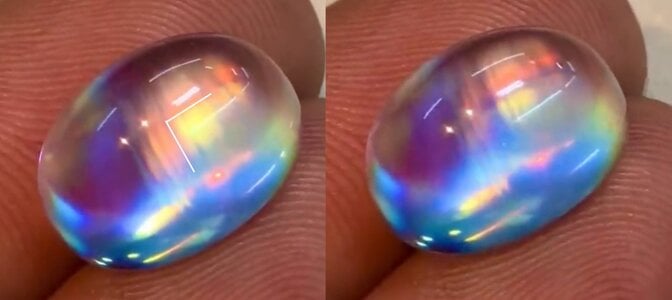
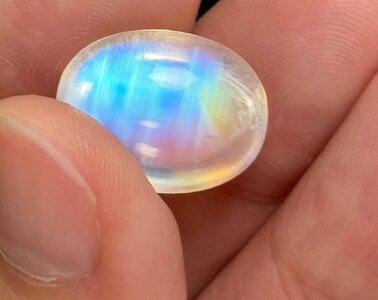
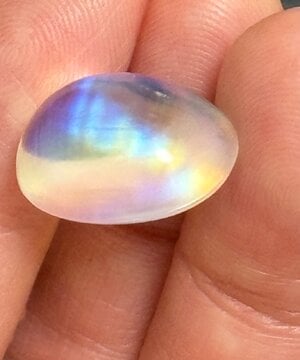
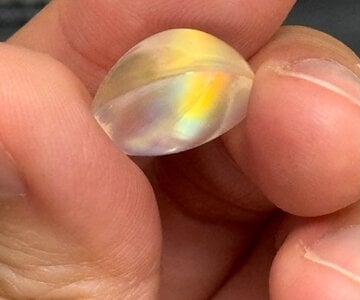
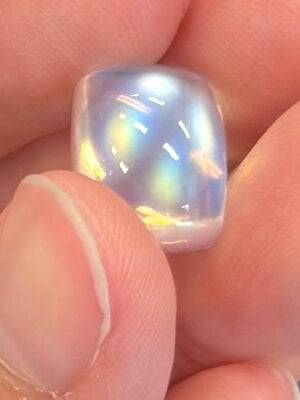
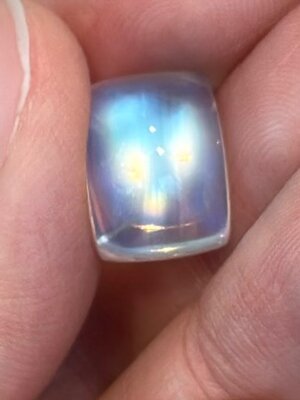
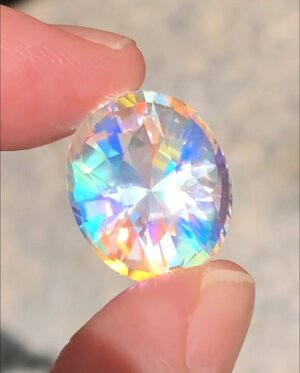

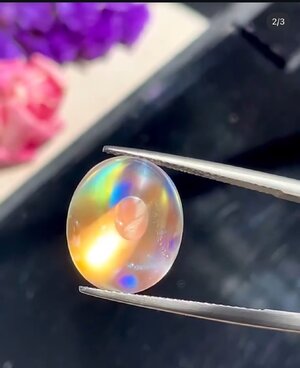
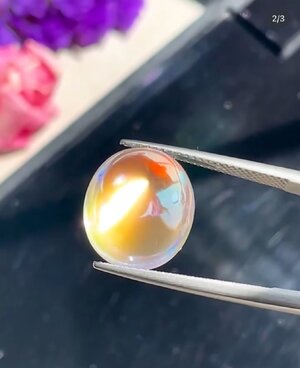
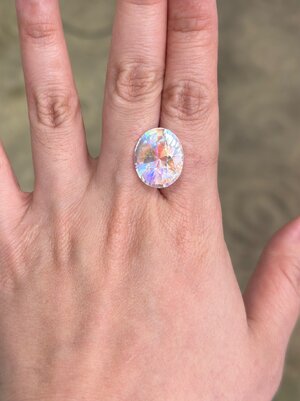
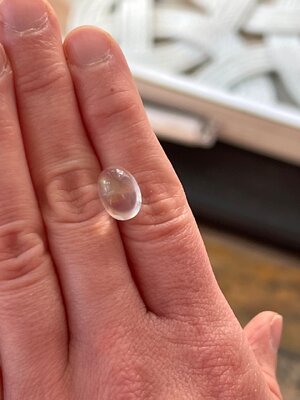
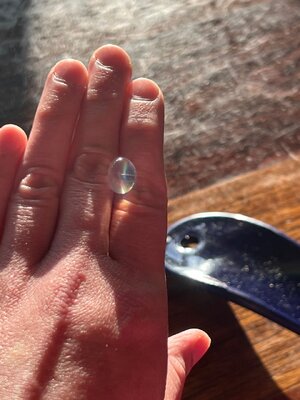
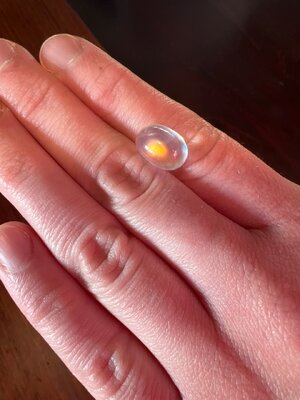
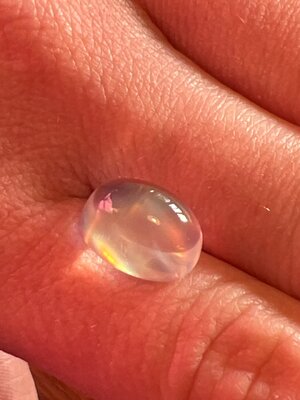
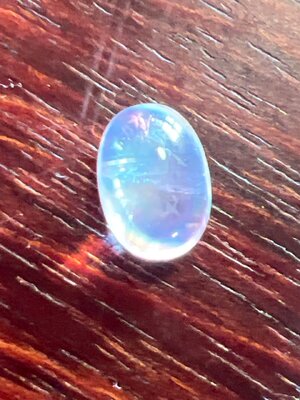
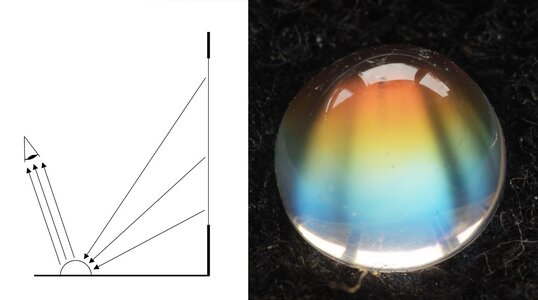
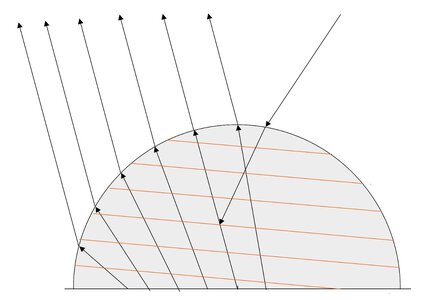
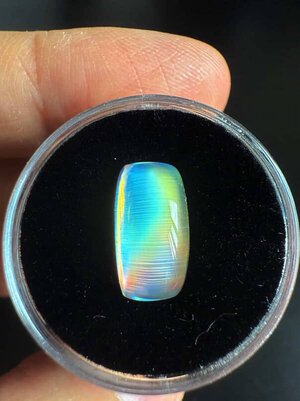

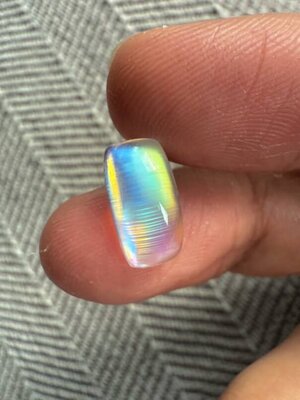


300x240.png)